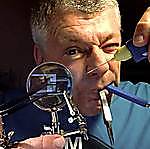What would you do if you had a time machine? Maybe travel back and see the dinosaurs? How about visit the future and marvel at the new toys humanity has invented? You might even grab your digital camera and go get those perfect reference shots of an old vehicle? Me, Iíd go back about a week and clean my airbrush.
You remember the trouble I had with sandpaper finish? Well it turns out it wasn't just the air pressure. My airbrush was dirty and I didn't know it. I was prompted to find out when it spat an unholy blob of Tamiya clear onto the instrument panel of the Mirage. I let it dry, and it then looked like a dry unholy blob of Tamiya clear. After a few moments of doing quite a good impression of my five year old daughter when she is told she has to eat her carrots, I calmed myself and decided on two things. I was going to have to strip the paint off the panel and strip down my airbrush.
Now, Iíve been following the advice Iíve seen on some quite reliable internet modelling shows (yes, yes, I know) and just flushing through my airbrush with cleaner after each use. I used to give it a little strip down too, but I stopped. I shouldn't have. What I discovered was a nozzle and tip with a good few layers of old acrylic attached. Clearly my cleaning method and cleaning products hadnít done the job. This called for the nuclear option, so I reached for this:
There isn't much short of Chobham armour that can resist this stuff. It even dissolves the will of telephone sales people. So I made a little bath for the small parts and reached for my favourite cleaning tools - a paintbrush, q-tips (aka as cotton buds) and cotton thread. I use the paintbrush to get into nooks and crannies and the thread I use like a pipe cleaner, drawing it through small places. The q-tip is a great swab. You get the picture in the shots below.

And here is what came out.


The Mr Thinner also attacked the paint of the instrument panel. As I had already retreated this far I decided on a full tactical withdrawal and also took the sandpaper ejector seat back to square one. Now its time for a coffee and a come down from the thinner induced high I am on. When the pink elephants have left the room Iíll use that beautiful clean airbrush to put down a beautiful clean paint job.
Who needs a time machine when you have deja vu?
Oh, by the way, those lovely Airscale decals arrived. Just in time to lay down on the layer of clear I messed up (sob).
Happy modelling guys.
Steve.





